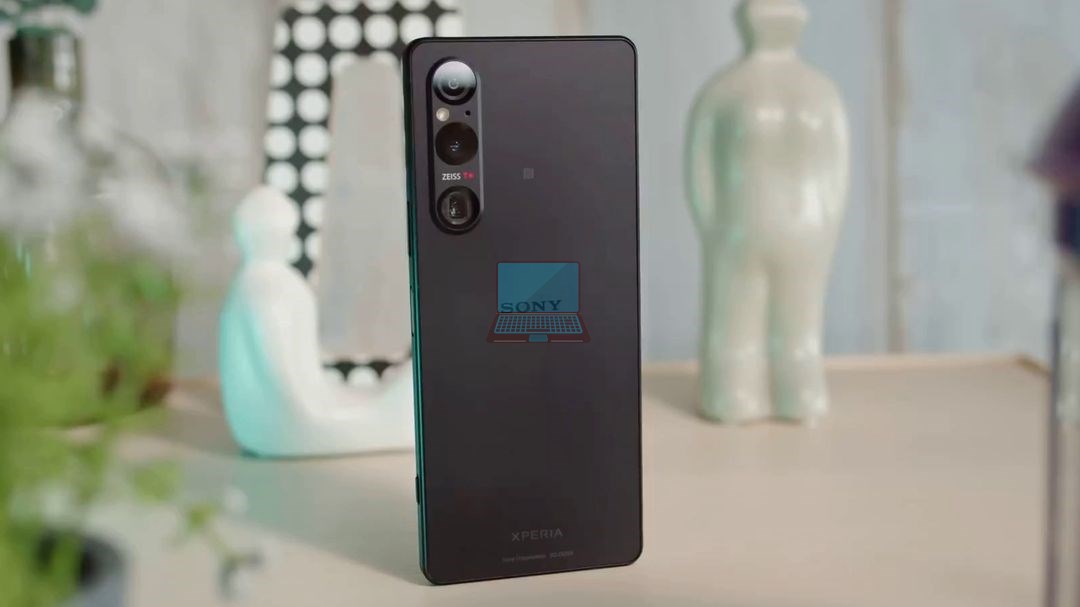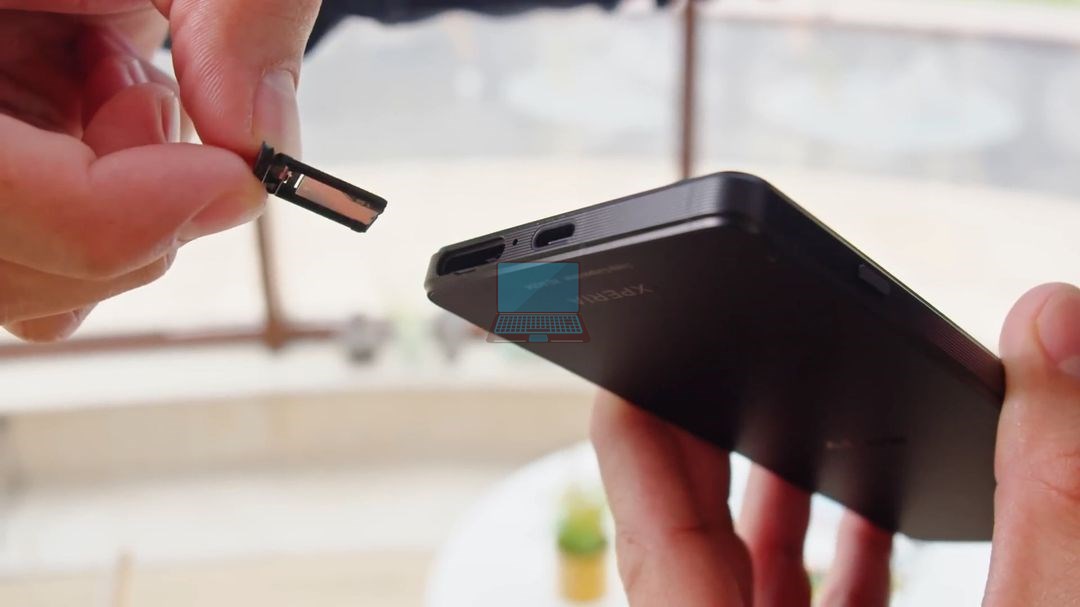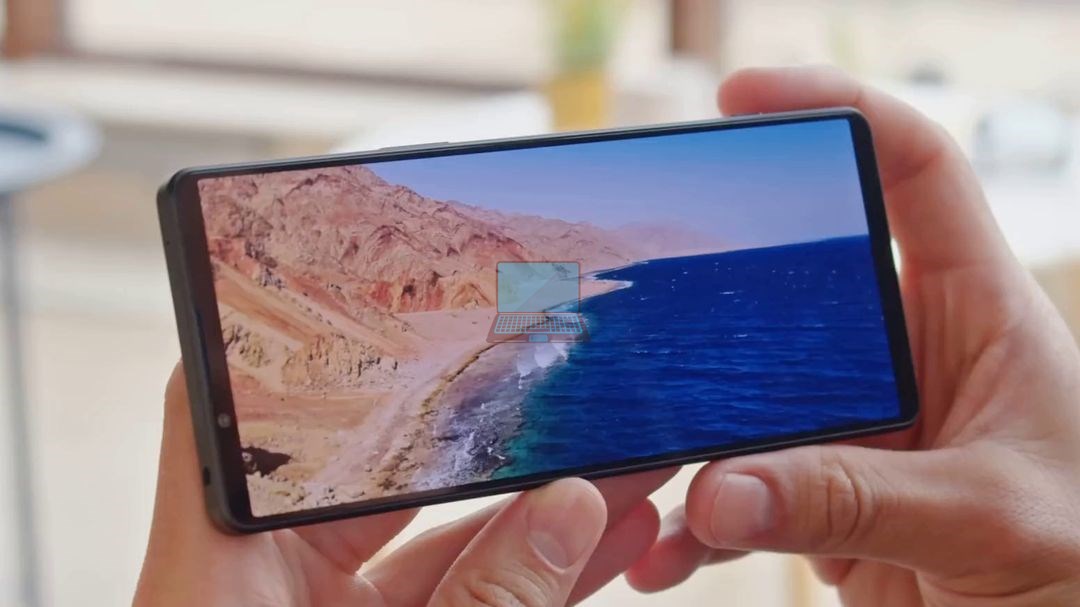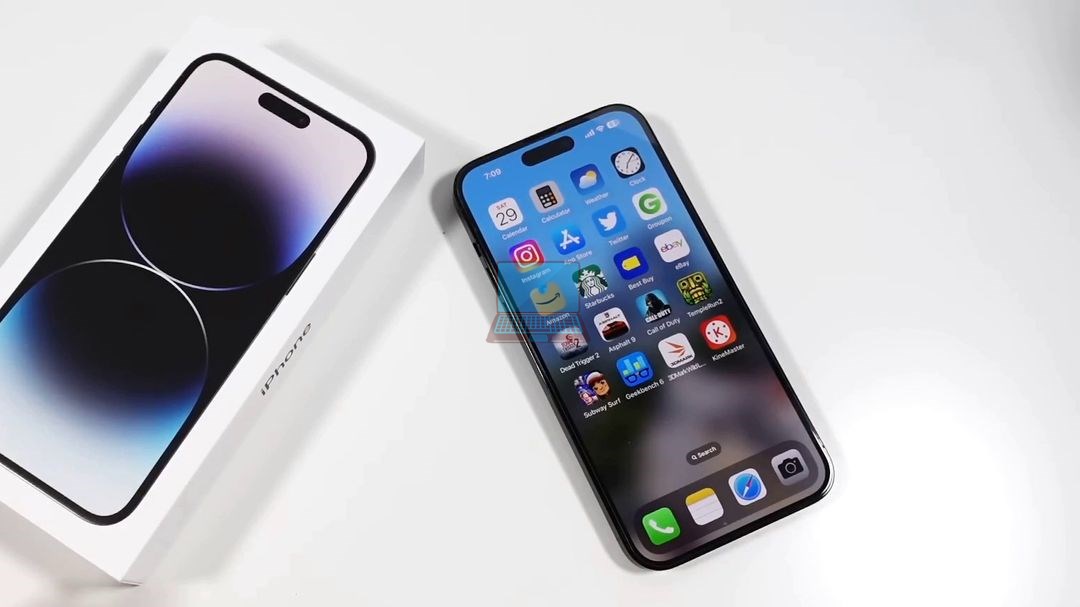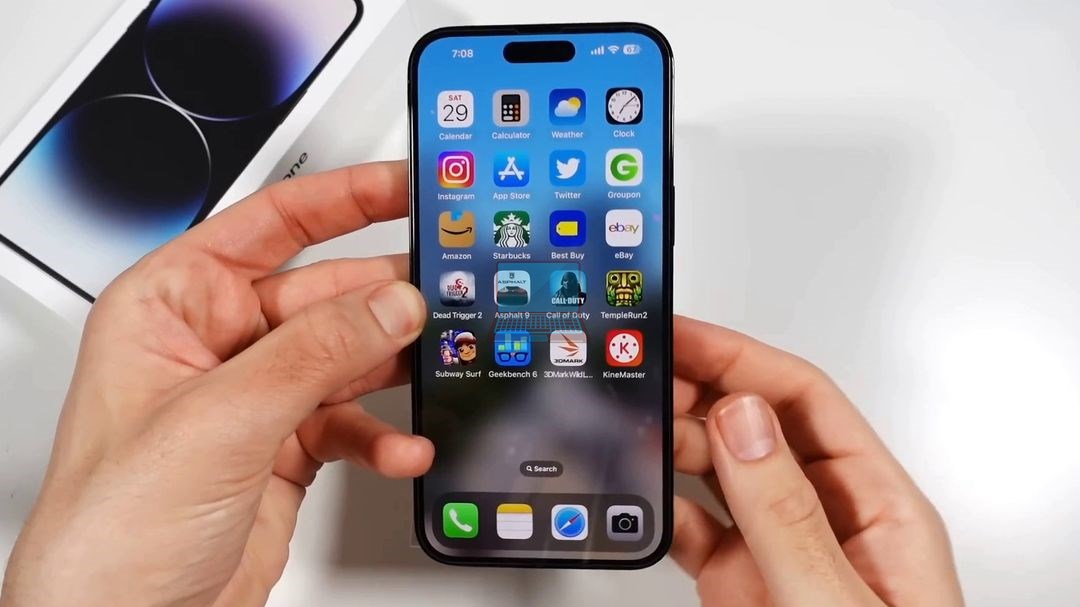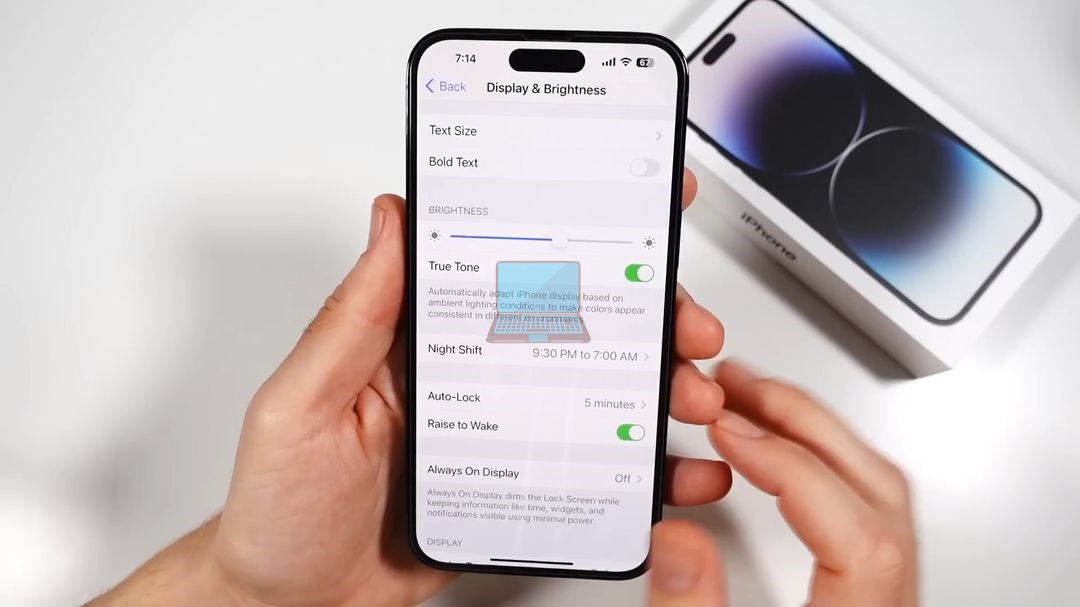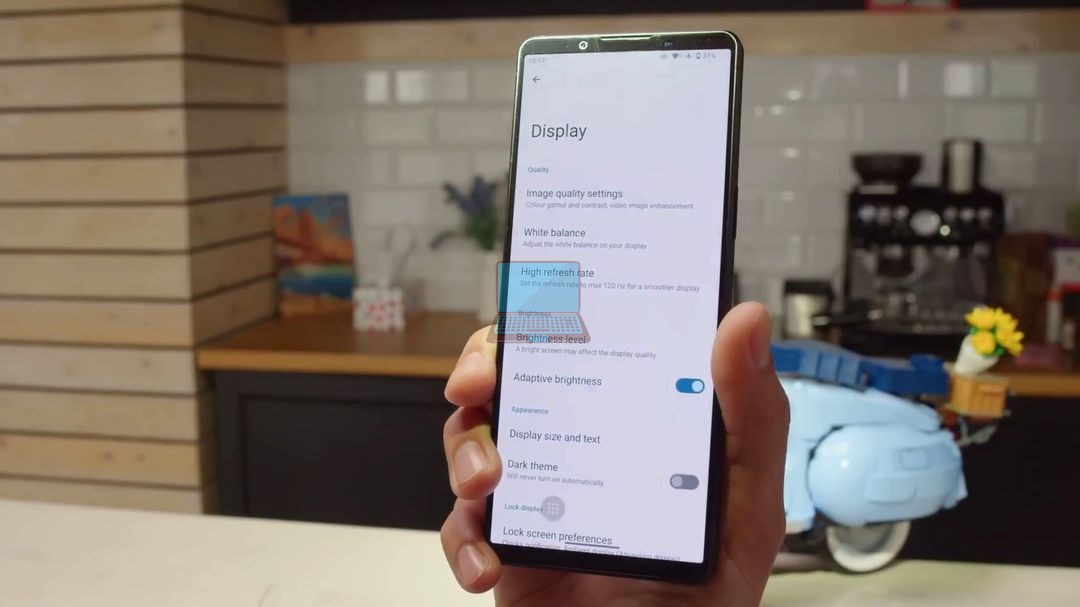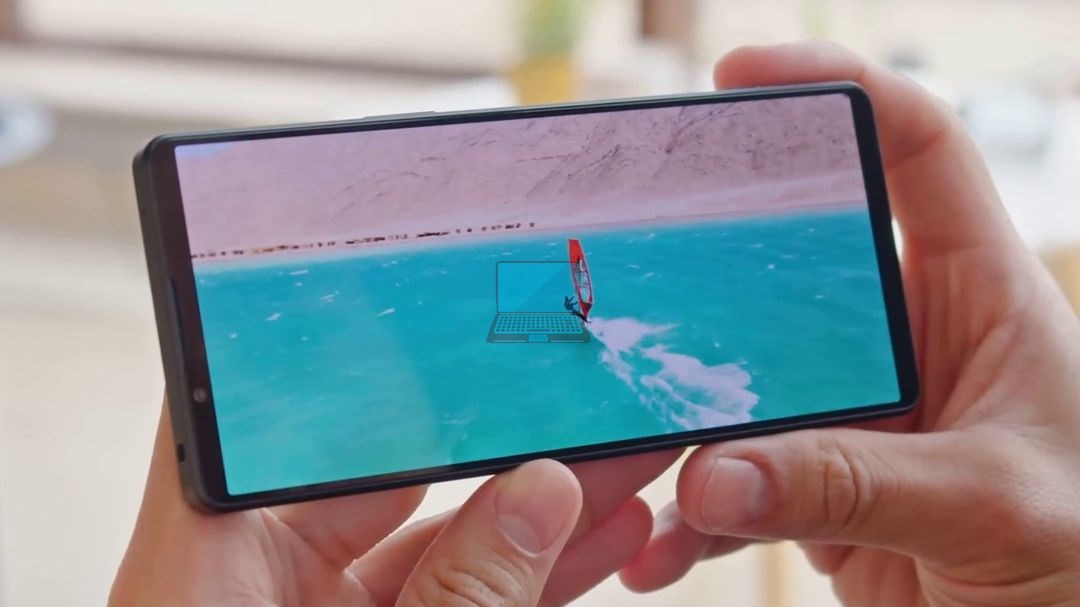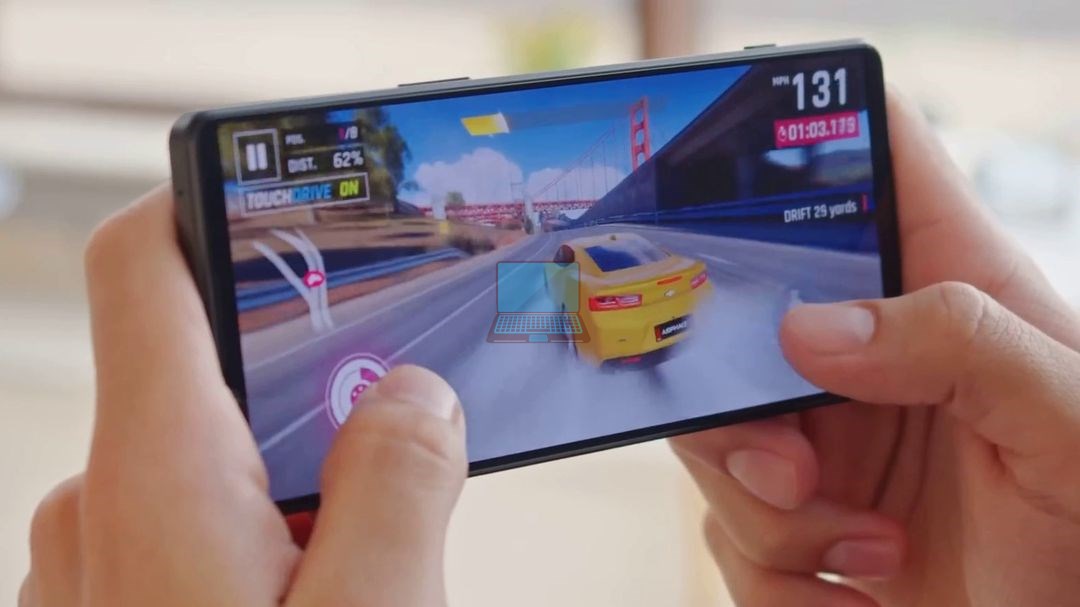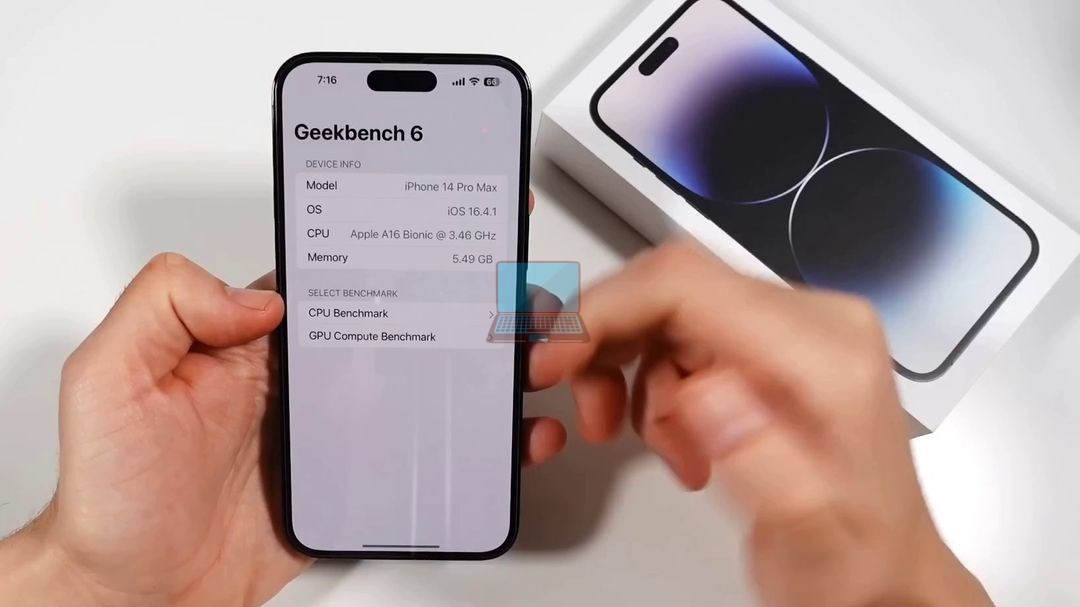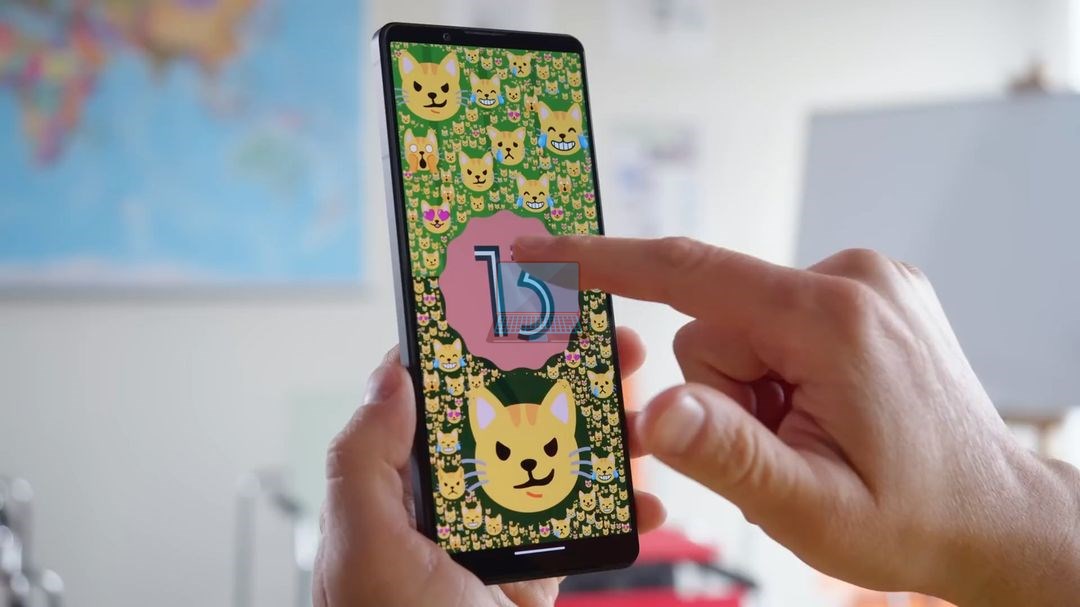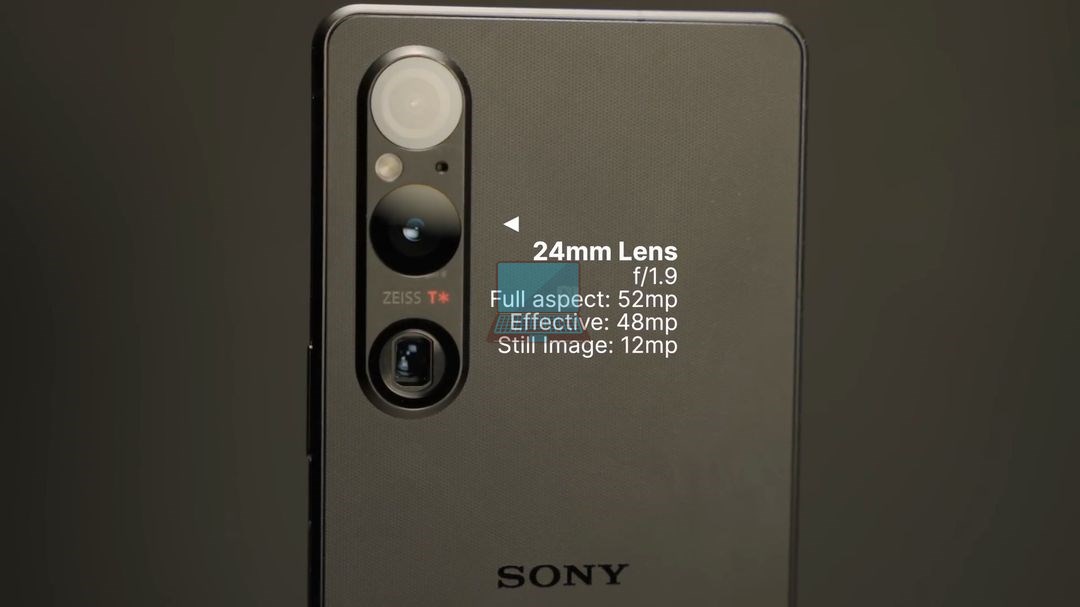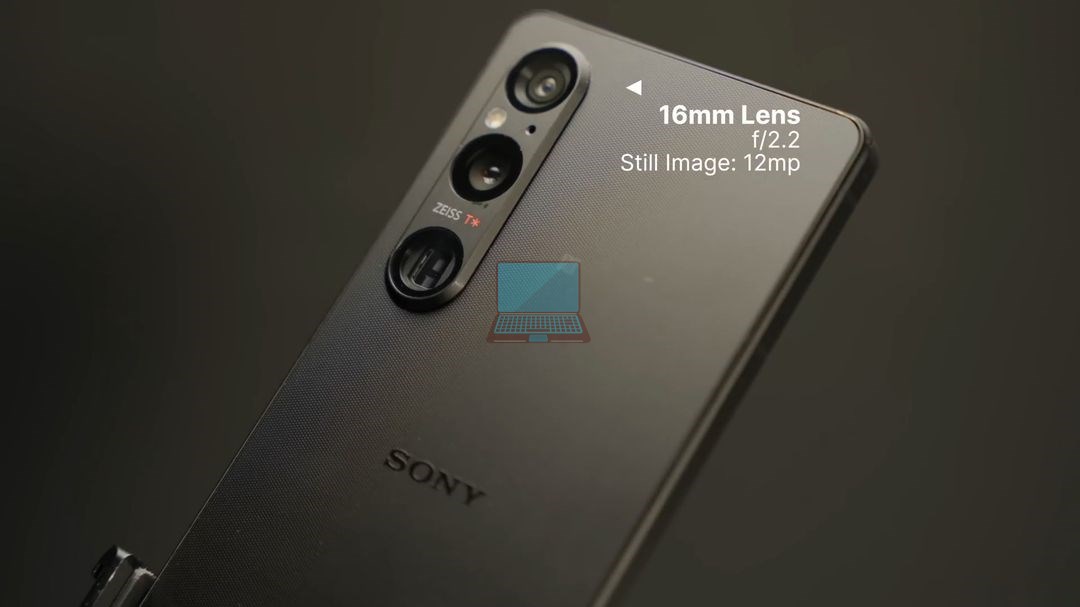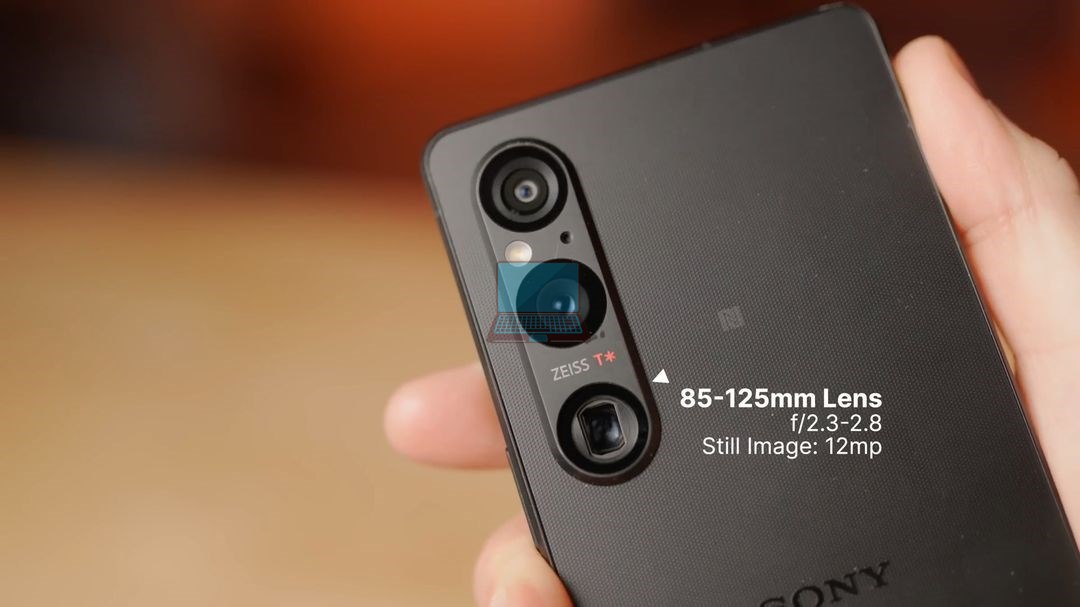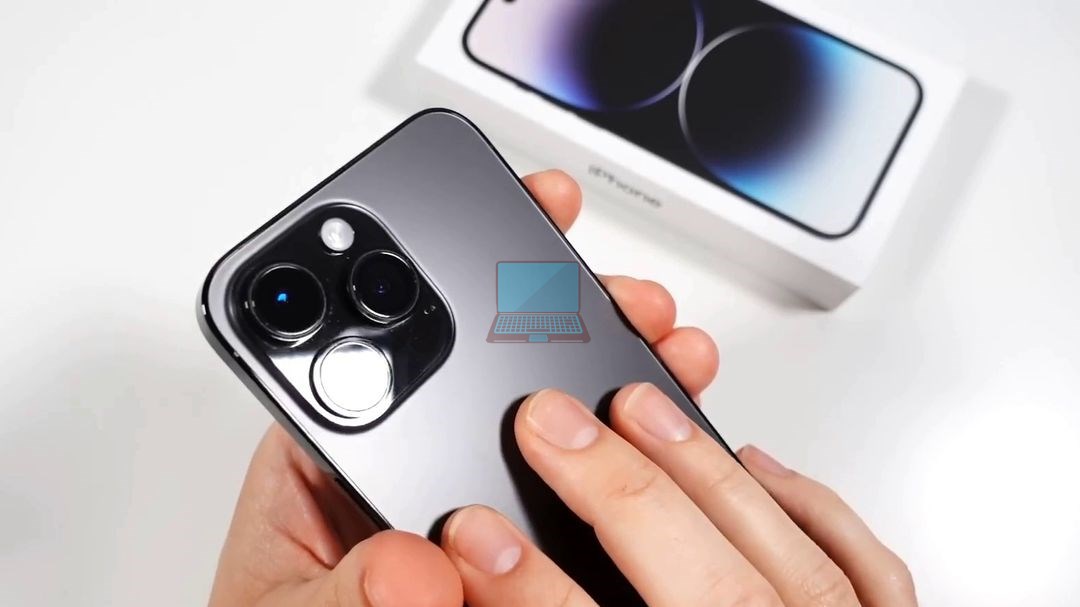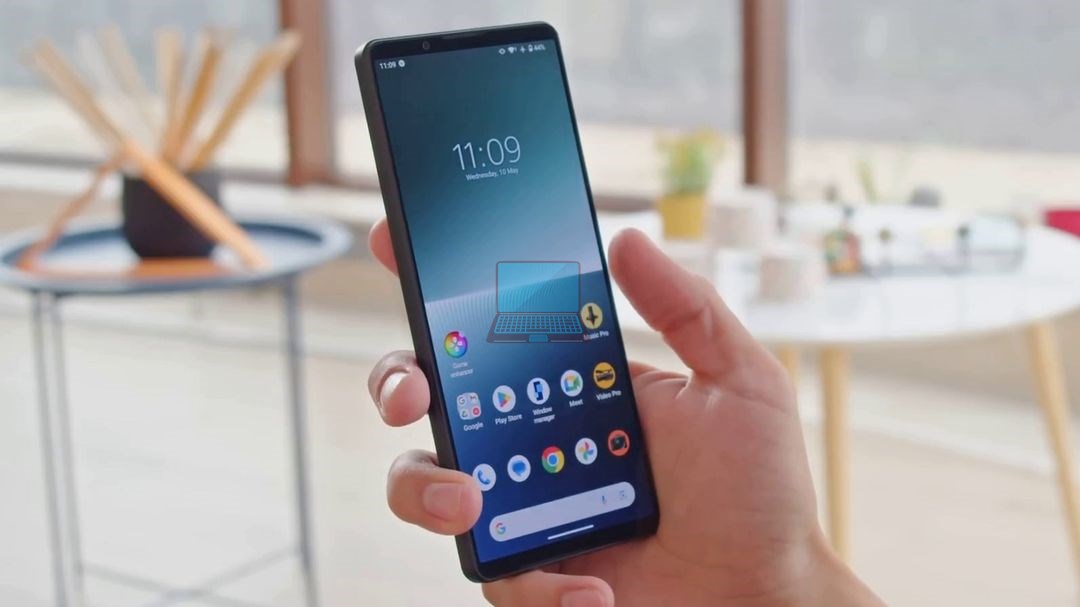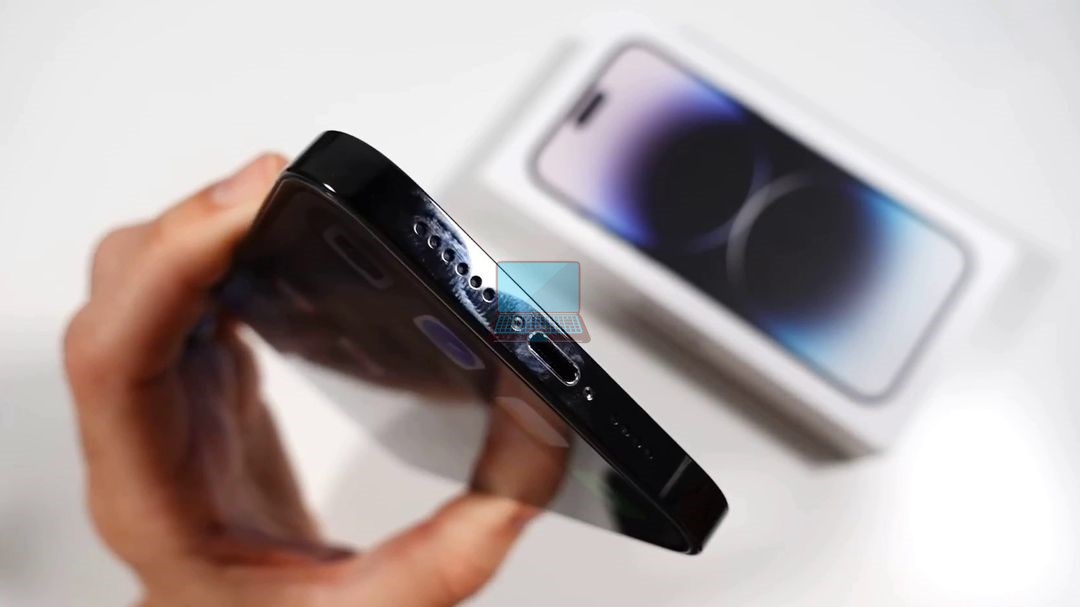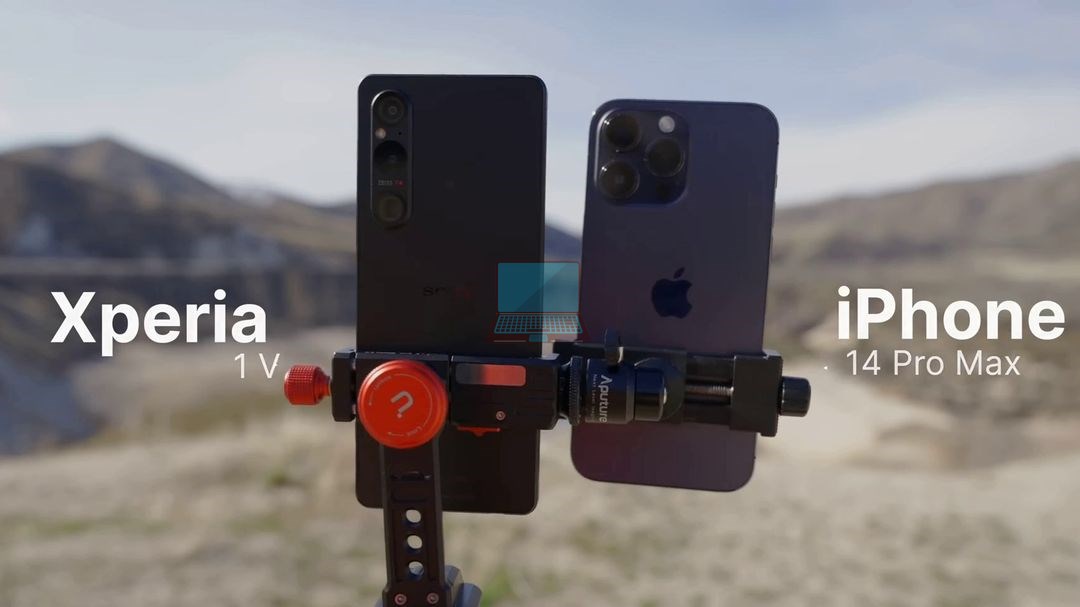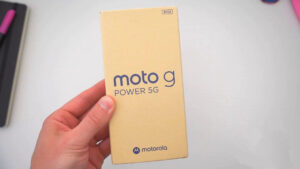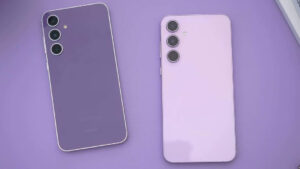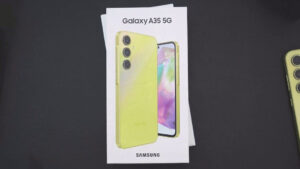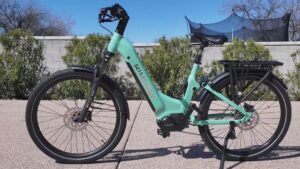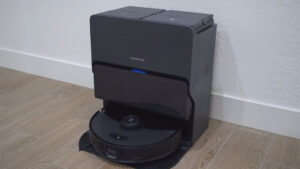Sony Xperia 1 V vs iPhone 14 Pro Max: Which Phone To Choose?
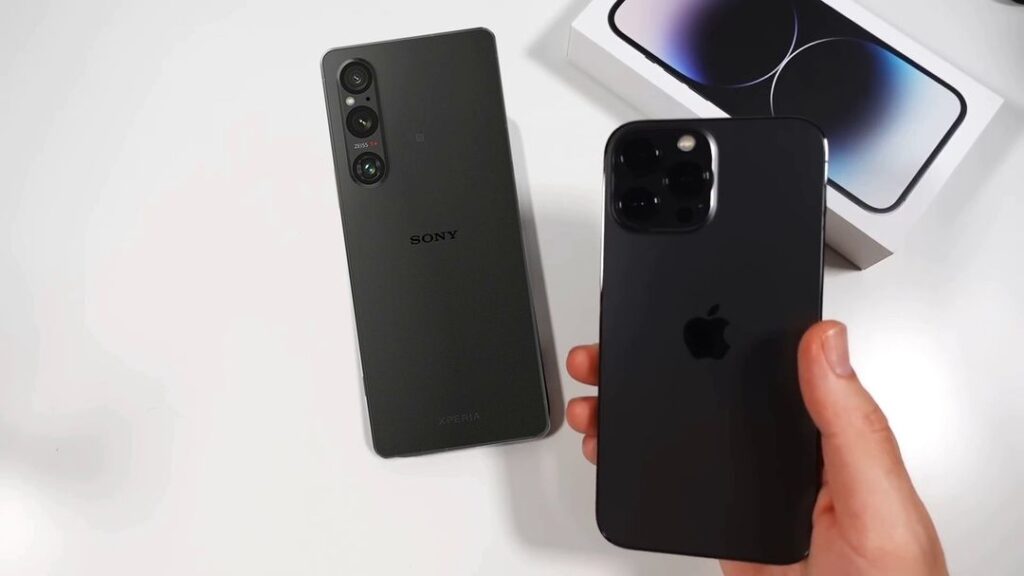
The Sony Xperia 1 V and iPhone 14 Pro Max are two highly anticipated flagship smartphones that offer impressive features and cutting-edge technology.
In this article, we will explore the key differences between these devices, including display quality, camera capabilities, operating systems, build materials, battery and charging options, and overall user experience.
Whether you’re an Android enthusiast or an iOS aficionado, read on to discover which flagship powerhouse suits your needs and preferences.
| Specs | Sony Xperia 1 V | iPhone 14 Pro Max |
| Dimensions | 165 x 71 x 8.3 mm (6.50 x 2.80 x 0.33 in) | 160.7 x 77.6 x 7.9 mm (6.33 x 3.06 x 0.31 in) |
| Build | Glass front (Gorilla Glass Victus 2), glass back (Gorilla Glass Victus), aluminum frame | Glass front (Corning-made glass), glass back (Corning-made glass), stainless steel frame |
| Weight | 187 g (6.60 oz) | 240 g (8.47 oz) |
| Weter resistant | IP65/IP68 dust/water resistant (up to 1.5m for 30 min) | IP68 dust/water resistant (up to 6m for 30 min) |
| Display | 6.5 inches, OLED, 1B colors, 120Hz, HDR BT.2020 | 6.7 inches, LTPO Super Retina XDR OLED, 120Hz, HDR10, Dolby Vision, 1000 nits (typ), 2000 nits (HBM) |
| Resolution | 1644 x 3840 pixels, 21:9 ratio (~643 ppi density) | 1290 x 2796 pixels, 19.5:9 ratio (~460 ppi density) |
| Chipset | Qualcomm SM8550-AB Snapdragon 8 Gen 2 (4 nm) | Apple A16 Bionic (4 nm) |
| GPU | Adreno 740 | Apple GPU (5-core graphics) |
| Card slot | microSDXC (uses shared SIM slot) | No |
| Internal storage | 256GB 12GB RAM, 512GB 12GB RAM | 128GB 6GB RAM, 256GB 6GB RAM, 512GB 6GB RAM, 1TB 6GB RAM |
| Main Camera | 48 MP, f/1.9, 24mm (wide), 1/1.35", 1.12µm, Dual Pixel PDAF, OIS 12 MP, f/2.3, 85mm (telephoto), f/2.8, 125mm (telephoto), 1/3.5", Dual Pixel PDAF, 3.5x-5.2x continuous optical zoom, OIS 12 MP, f/2.2, 16mm (ultrawide), 1/2.5", Dual Pixel PDAF | 48 MP, f/1.8, 24mm (wide), 1/1.28", 1.22µm, dual pixel PDAF, sensor-shift OIS 12 MP, f/2.8, 77mm (telephoto), 1/3.5", PDAF, OIS, 3x optical zoom 12 MP, f/2.2, 13mm, 120˚ (ultrawide), 1/2.55", 1.4µm, dual pixel PDAF TOF 3D LiDAR scanner (depth) |
| Front Camera | 12 MP, f/2.0, 24mm (wide), 1/2.9", 1.25µm | 12 MP, f/1.9, 23mm (wide), 1/3.6", PDAF, OIS (unconfirmed) SL 3D, (depth/biometrics sensor) |
| Loudspeaker | Yes, with stereo speakers | Yes, with stereo speakers |
| 3.5mm jack | Yes | No |
| WLAN | Wi-Fi 802.11 a/b/g/n/ac/6e, tri-band, Wi-Fi Direct, DLNA | Wi-Fi 802.11 a/b/g/n/ac/6, dual-band, hotspot |
| Bluetooth | 5.3, A2DP, LE Audio, aptX HD, aptX Adaptive | 5.3, A2DP, LE |
| Positioning | GPS (L1+L5), GLONASS, BDS, GALILEO, QZSS | GPS (L1+L5), GLONASS, GALILEO, BDS, QZSS |
| NFC | Yes | Yes |
| Sensors | Fingerprint (side-mounted), accelerometer, gyro, proximity, barometer, compass, color spectrum | Face ID, accelerometer, gyro, proximity, compass, barometer |
| Battery | Li-Po 5000 mAh, non-removable | Li-Ion 4323 mAh, non-removable (16.68 Wh) |
| Charging | 30W wired, PD3.0, PPS, 50% in 30 min (advertised) Wireless Reverse wireless | Wired, PD2.0, 50% in 30 min (advertised) 15W wireless (MagSafe) 7.5W wireless (Qi) |
| Colors | Black, Khaki Green, Platinum Silver | Space Black, Silver, Gold, Deep Purple |
Design and Appearance
The Sony Xperia 1 V has dimensions of 165 x 71 x 8.3 mm and weighs 187 grams, while the iPhone 14 Pro Max measures 160.7 x 77.6 x 7.9 mm and weighs 240 grams. This means that the Xperia 1 V is slightly taller and narrower, but thinner and lighter compared to the iPhone 14 Pro Max.
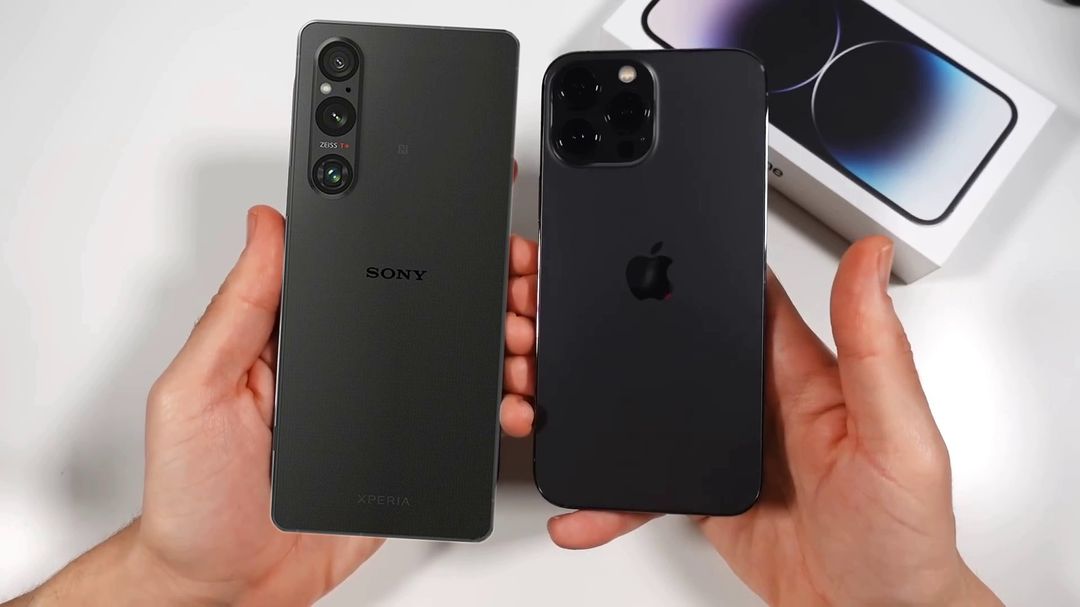 The Xperia 1 V features a glass front and back with Gorilla Glass Victus protection and an aluminum frame. On the other hand, the iPhone 14 Pro Max has a glass front and back made by Corning, with a stainless steel frame. Both devices use high-quality materials that offer durability and a premium look and feel.
The Xperia 1 V features a glass front and back with Gorilla Glass Victus protection and an aluminum frame. On the other hand, the iPhone 14 Pro Max has a glass front and back made by Corning, with a stainless steel frame. Both devices use high-quality materials that offer durability and a premium look and feel.
The Xperia 1 V is rated IP65/IP68 for dust and water resistance, meaning it can withstand being submerged in up to 1.5 meters of water for 30 minutes. In comparison, the iPhone 14 Pro Max has a higher IP68 rating, allowing it to survive submersion in up to 6 meters of water for the same duration. This gives the iPhone slightly better water resistance capabilities.
The Xperia 1 V comes with a microSD card slot, allowing users to expand the storage capacity by adding a memory card. It also retains the 3.5mm audio jack, providing convenience for those who prefer wired headphones. On the other hand, the iPhone 14 Pro Max does not have a microSD card slot and has moved away from the traditional audio jack, relying on wireless or Lightning-connected audio solutions.
While the Sony Xperia 1 V boasts a higher-resolution display compared to the iPhone 14 Pro Max, Apple’s flagship device has a unique feature called Dynamic Island that sets it apart.
With the introduction of Dynamic Island on the iPhone 14 Pro and Pro Max, Apple has transformed the notch cutout, typically seen as an annoyance by some users, into a functional and engaging feature. Dynamic Island leverages the power of iOS 16 to bring the notch into the main user experience, making it an integral part of the device’s functionality.
The Dynamic Island feature allows the notch area to display useful information and controls. Users can expect to see media playback controls, timers, battery status alerts, and more conveniently showcased within the notch area. For instance, users can control their media playback without obstructing the main screen, keeping their content front and center. Additionally, the notch area can even be utilized to display live sports scores within supported applications, offering users quick access to game updates. Moreover, it can also show current order information from supported takeaway applications, allowing users to keep track of their deliveries without interrupting their tasks.
While some may consider Dynamic Island a gimmick, it proves to be an incredibly useful and practical feature. Currently, no Android competitors offer a similar feature, giving the iPhone 14 Pro Max an edge in terms of innovative functionality. It adds a touch of convenience and efficiency to the overall user experience, enhancing the device’s usability in various scenarios.
Display
The iPhone 14 Pro Max is equipped with an impressive 6.7-inch display that boasts Apple’s ProMotion display technology. This feature allows the phone’s screen to achieve a refresh rate of up to 120Hz, delivering smooth and fluid animations and interactions. Additionally, the ProMotion display can dynamically adjust its refresh rate down to as low as 1Hz when necessary, effectively conserving battery life.
The display itself is an OLED panel, known for its vibrant colors and deep blacks, which further enhances the visual experience. With a peak brightness of 2000 nits when watching HDR content, the iPhone 14 Pro Max’s display ensures that images and videos appear incredibly bright and detailed, providing an immersive viewing experience.
However, the 6.5-inch Sony Xperia 1 V surpasses the iPhone 14 Pro Max in one key area: resolution. While the iPhone 14 Pro Max offers a respectable 1290 x 2976 resolution, the Xperia 1 V takes it a step further with its 4K display, boasting a resolution of 1644 x 3840. This makes the Xperia 1 V one of the few smartphone ranges on the market to offer a 4K panel.
With the Xperia 1 V’s 4K display, users can fully appreciate every pixel of the 4K videos they shoot, resulting in incredibly sharp and detailed footage. To preserve battery life, the Xperia 1 V automatically switches to a battery-friendly Full HD+ resolution when not watching 4K content. This smart feature ensures that users can enjoy the benefits of the 4K display while still optimizing power efficiency.
Hardware and OS
The Xperia 1 V is equipped with the Snapdragon 8 Gen 2 (4 nm) processor, offering powerful performance and efficiency. It is based on a 4nm manufacturing process, which helps in delivering improved power efficiency and overall processing capabilities. On the other hand, the iPhone 14 Pro Max features the Apple A16 Bionic chip, also built on a 4nm process. The A16 Bionic is Apple’s own custom-designed processor known for its exceptional performance and energy efficiency.
The Xperia 1 V comes with the Adreno 740 GPU, providing robust graphics processing capabilities for gaming and multimedia tasks. In contrast, the iPhone 14 Pro Max utilizes Apple’s own GPU, specifically a 5-core graphics unit, which is optimized for efficient graphics rendering and high-performance tasks.
The Xperia 1 V offers storage options of 256GB or 512GB, both paired with 12GB of RAM. This provides ample space for storing files, applications, and multimedia content, along with sufficient RAM for smooth multitasking and app performance. On the other hand, the iPhone 14 Pro Max offers multiple storage options, including 128GB, 256GB, 512GB, and 1TB, all paired with 6GB of RAM. Apple’s software optimization ensures efficient memory management, allowing the device to deliver excellent performance despite having lower RAM compared to the Xperia 1 V.
The Sony Xperia 1 V and iPhone 14 Pro Max differ significantly when it comes to their operating systems. The Xperia 1 V runs on Android 13, while the iPhone 14 Pro Max comes with Apple’s iOS 16.
Android and iOS represent two distinct approaches to mobile software. iOS, developed by Apple, offers a tightly controlled and regulated experience. On the other hand, Android, developed by Google, is an open-source operating system that provides manufacturers and users with greater flexibility and customization options. Android offers a wide range of features and functionalities that are not available on iOS.
The deep level of customization available on Android allows users to personalize their devices to a greater extent. They can choose from different home screen launchers, customize widgets, install alternative keyboards, and tweak system settings according to their liking. Android also supports more extensive file management, giving users greater control over their device’s storage and organization.
Both operating systems have their respective advantages, and the choice between them ultimately comes down to personal preference. Some users appreciate the simplicity and integration of iOS, while others prefer the flexibility and customization options offered by Android. It’s worth noting that both platforms have evolved over time, borrowing features and functionalities from each other, striving to offer the best possible user experience.
Camera
As the company renowned for its Sony Alpha DSLR camera line, Sony brings impressive camera technology to the Xperia 1 V, ensuring exceptional photography capabilities.
The highlight of the Xperia 1 V’s camera system is the new 52MP Exmor T sensor, featuring a unique two-layer transistor within the CMOS. Sony claims that this sensor delivers superior performance in low-light environments, boasting a 2x improvement compared to its predecessor, the Xperia 1 IV. With a larger sensor size, Sony confidently asserts that the Xperia 1 V can rival the image quality of traditional DSLR cameras. However, the veracity of this claim can only be determined once hands-on reviews and sample shots are available.
In addition to the high-resolution main sensor, the Xperia 1 V is equipped with twin 12MP lenses: an ultrawide lens and a telephoto lens. The ultrawide lens allows users to capture expansive scenes with a wider field of view, while the 12MP telephoto lens offers 5.2x optical zoom capabilities, enabling users to get closer to their subjects without compromising image quality.
On the other hand, the iPhone 14 Pro Max incorporates Apple’s first 48MP sensor in the iPhone lineup. By leveraging Apple’s advanced image processing technology and pixel binning techniques, the device delivers sharp and vibrant images with improved low-light performance. However, it should be noted that the iPhone’s low-light capabilities still fall slightly short compared to some of the top-tier options available on Android devices.
While the iPhone 14 Pro Max matches the Xperia 1 V’s 12MP ultra wide lens, its telephoto lens falls behind its Android rival, offering only 3.5x optical zoom capabilities.
Battery
The Xperia 1 V comes with a larger battery capacity, offering 5000mAh. This provides a higher potential for longer usage time before requiring a recharge. On the other hand, the iPhone 14 Pro Max has a slightly smaller battery capacity of 4323mAh.
The Xperia 1 V supports 30W wired charging, allowing for faster charging times compared to standard chargers. It is compatible with PD3.0 (Power Delivery 3.0) and PPS (Programmable Power Supply) technologies, which can provide efficient and adaptive charging.
In contrast, the iPhone 14 Pro Max supports wired charging with PD2.0 (Power Delivery 2.0). It is capable of charging up to 50% in approximately 30 minutes, which offers a quick boost in battery life.
The Xperia 1 V supports wireless charging, allowing users to conveniently charge their device without the need for cables. It is compatible with both standard Qi wireless charging and reverse wireless charging, which means the Xperia 1 V can act as a charging pad for other Qi-enabled devices.
The iPhone 14 Pro Max also offers wireless charging capabilities. It supports MagSafe wireless charging, which provides a magnetic attachment for better alignment and compatibility with MagSafe accessories. The device is capable of charging at up to 15W using MagSafe. Additionally, it supports standard Qi wireless charging at a maximum power output of 7.5W.
Conclusions
In the end, the Sony Xperia 1 V and iPhone 14 Pro Max showcase distinctive features and specifications, catering to different user preferences and needs.
The Xperia 1 V impresses with its high-resolution 4K display, which allows for an immersive viewing experience and excellent content playback. Its camera system, featuring a 52MP Exmor T sensor and additional lenses, promises improved low-light performance and the ability to capture high-quality photos and videos. The device’s compatibility with expandable storage and inclusion of a 3.5mm audio jack may appeal to users who prioritize flexibility and convenience.
On the other hand, the iPhone 14 Pro Max boasts Apple’s refined iOS ecosystem, offering a seamless and integrated user experience. Its powerful Apple A16 Bionic chip and optimized software deliver excellent performance, while the advanced camera system, including a 48MP sensor and Apple’s image processing technology, ensures crisp and bright shots. The iPhone’s IP68 water and dust resistance, along with its range of storage options, cater to users seeking durability and varied storage capacities.
- Next-gen sensor & computational processing for stunning low light shots
- Create cinematic color expression with S-Cinetone for mobile
- 4K HDR native 120fps video recording[2] on all rear lenses
- Latest AI to deliver exceptional camera results
- Capture beautiful and natural skin tones under various light situations.
When considering battery and charging capabilities, the Xperia 1 V stands out with its larger 5000mAh battery and support for 30W wired charging, as well as wireless and reverse wireless charging options.
Ultimately, the decision between the Sony Xperia 1 V and iPhone 14 Pro Max depends on individual preferences, including display resolution, camera capabilities, expandable storage, software ecosystem, and charging preferences. Considering these factors will help users determine which device aligns best with their needs and priorities.
You can also check out the best-selling Smartphones on Amazon:



